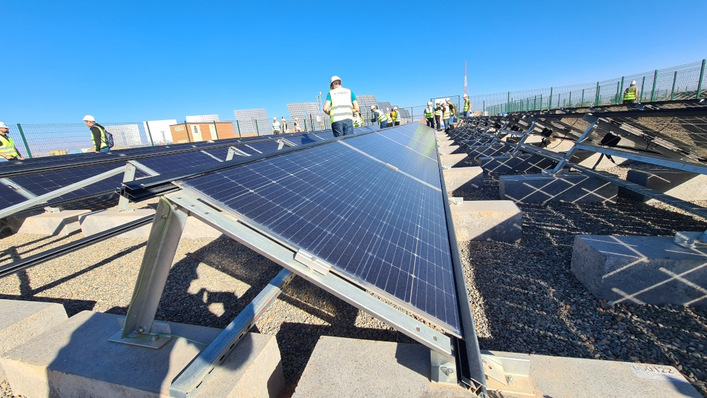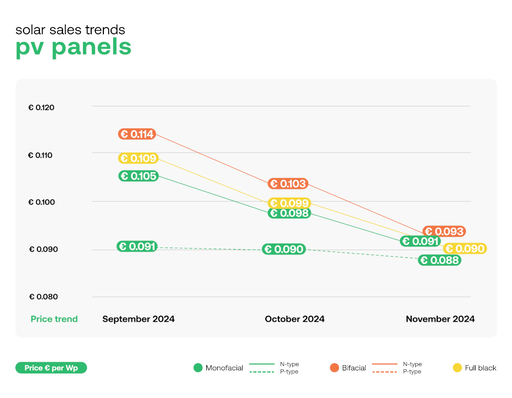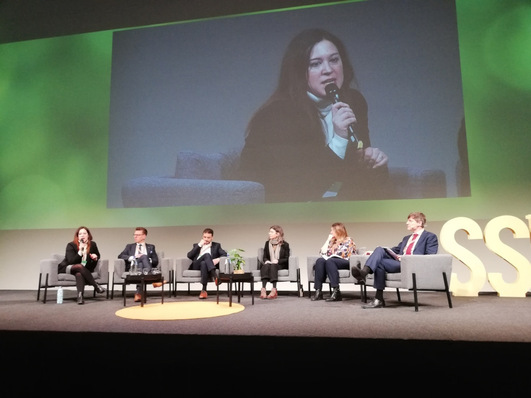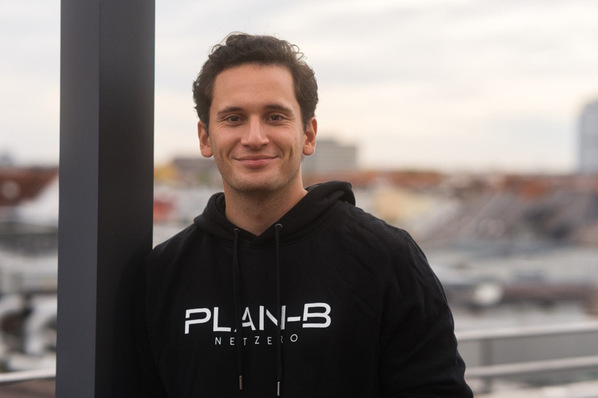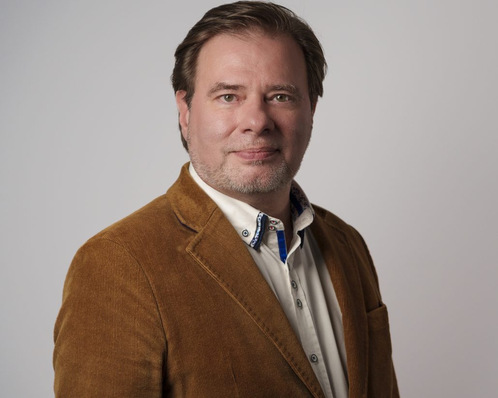The construction of a solar facade often does not happen because the building owner - in larger projects usually an investor - is unsure what to do with the electricity. Feeding into the grid is usually not economical. As the architecture portal Solar Age reports, the Marburg public utility company and the Sonneninitiative, a solar initiative based in the university town in Hesse, have come up with a solution to this problem.
Bespoke curved modules
Together, both partners want to renovate the radiology centre not far from Marburg's main railway station. The solar architects of the planning office A.P.L. - Architekten Plaehn und Lüdemann from Hanover have already prepared a draft. In addition to a complete execution of the south-western and south-eastern oriented sides of the building as a solar facade, the plan also provides for the redesign of the entrance area. This will be rounded off towards the outside. Sunovation from Elsfeld in Lower Franconia has already delivered the specially manufactured monocrystalline solar modules. The rounded entrance area will also be designed with curved special modules. This enables the output of the facade to reach 50 kilowatts.
Generation and consumption go together
The Marburg utility itself refinances the costs of the solar facade by selling the solar energy back to the radiological practice which is housed in the building. The imaging equipment such as MRI, CT and X-ray machines mean that this practice has a very high electricity demand. To a large extent, this demand is covered by the yield curve of the solar facade. With this long-term electricity supply contract, also known as a Power Purchase Agreement (PPA), the practice can supply its equipment with locally produced green electricity, the building becomes a prime example of forward-looking architecture in an aesthetic way and the electricity produced in the facade has found a buyer. (mfo)


